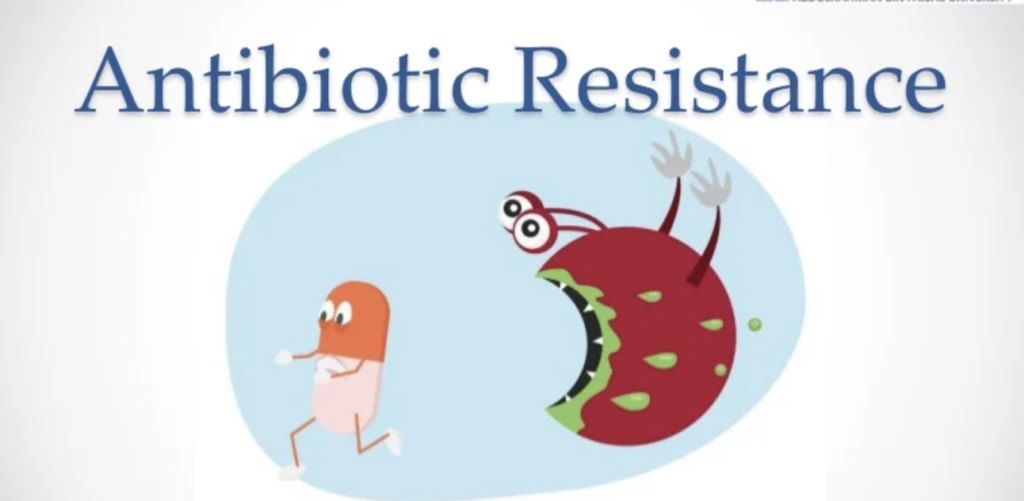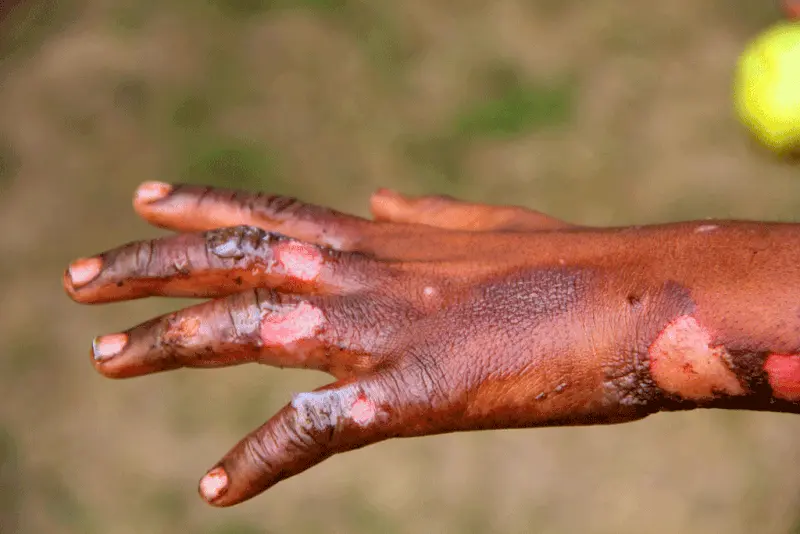Understanding Antimicrobial Resistance: A Looming Public Health Crisis

Introduction: Antimicrobial resistance (AMR) refers to the ability of microorganisms, such as bacteria, viruses, fungi, and parasites, to withstand the effects of antimicrobial drugs, rendering them ineffective. This phenomenon occurs when microorganisms evolve and develop resistance mechanisms, making it challenging to treat infections. The consequences of AMR are far-reaching, resulting in prolonged illnesses, increased healthcare costs, and higher mortality rates a growing concern for public health worldwide. It is a global phenomenon responsible for increased morbidity, mortality, and healthcare costs.
Epidemiology: AMR is a public health crisis that affects every country, regardless of its economic status. The World Health Organization (WHO) estimates that by 2050, AMR will cause more than 10 million deaths annually. The problem is particularly acute in low- and middle-income countries, where the burden of infectious diseases is higher and access to antibiotics is limited.
Causes:
1. Overuse and Misuse of Antibiotics: The misuse and overuse of antibiotics in human and animal healthcare contribute to the development of AMR. This includes prescribing antibiotics for viral infections, not completing the full course of antibiotics, and using antibiotics in animal feed to promote growth.
2. Inadequate Infection Control Practices: Poor infection control practices in healthcare settings can facilitate the spread of drug-resistant bacteria. Factors such as inadequate hand hygiene, improper sterilization techniques, and lack of surveillance contribute to the emergence and transmission of resistant organisms.
3. Agricultural Use of Antibiotics: The agricultural sector utilizes antibiotics for disease prevention and growth promotion in livestock. This widespread use contributes to the selection and spread of antimicrobial-resistant bacteria, which can then be transmitted to humans through food consumption.
How to minimize AMR:
To curb the spread of AMR, it is important to adopt a multi-pronged approach that involves healthcare providers, public health officials, policymakers, and the general public. This includes:
1. Rational use of antibiotics by prescribing them only when necessary and at the right dose and duration.
2. Surveillance of AMR to monitor its emergence and spread.
3. Infection prevention and control measures such as hand hygiene, vaccination, and sanitation.
4. Investment in research and development of new antimicrobial drugs and vaccines.
Way forward: The global community needs to work together to tackle AMR. Governments should prioritize AMR in their national health agendas and provide funding for research and development of new antibiotics and vaccines. Healthcare providers should be trained on the rational use of antibiotics, and infection prevention and control measures should be implemented in all healthcare settings. The general public should also be educated on the responsible use of antibiotics.
Addressing AMR requires a collective effort from governments, healthcare professionals, researchers, and the general public. Some key approaches for the way forward include:
1. Collaborative Efforts and Global Initiatives: Cooperation among nations is vital to combat AMR. International collaborations can facilitate the sharing of best practices, surveillance data, and research findings, ultimately strengthening the global response to AMR.
2. Development of New Antibiotics: Investing in research and development to discover new antibiotics is crucial. The development of novel antimicrobial agents can provide alternative treatment options for drug-resistant infections and help overcome the challenges posed by AMR.
3. Research and Innovation in Alternative Treatments: Exploring and promoting the use of alternative treatments, such as phage therapy, immunotherapy, and other innovative approaches, can help mitigate the impact of AMR. Research in non-antibiotic interventions is vital for the future of combating drug-resistant infections.
Conclusion: AMR poses a significant threat to global public health, and urgent action is needed to address it. The solution lies in a collaborative effort involving healthcare providers, policymakers, and the general public. By adopting a rational use of antibiotics, practicing infection prevention and control measures, and investing in research and development, we can minimize the impact of AMR and safeguard the health of future generations.
FAQs
1. What is antimicrobial resistance (AMR)?
Antimicrobial resistance refers to the ability of microorganisms to withstand the effects of antimicrobial drugs, making them ineffective in treating infections.
2. How does AMR impact global health?
AMR poses a significant threat to global health, leading to prolonged illnesses, increased healthcare costs, and higher mortality rates.
3. What are the causes of antimicrobial resistance?
The causes of AMR include overuse and misuse of antibiotics, inadequate infection control practices, and the agricultural use of antibiotics.
4. How can we minimize antimicrobial resistance?
Minimizing AMR requires antibiotic stewardship programs, proper use of antibiotics, public awareness and education, and improved infection control measures.
5. What is the way forward in combating antimicrobial resistance?
The way forward includes collaborative efforts, global initiatives, development of new antibiotics, and research and innovation in alternative treatments.






Responses